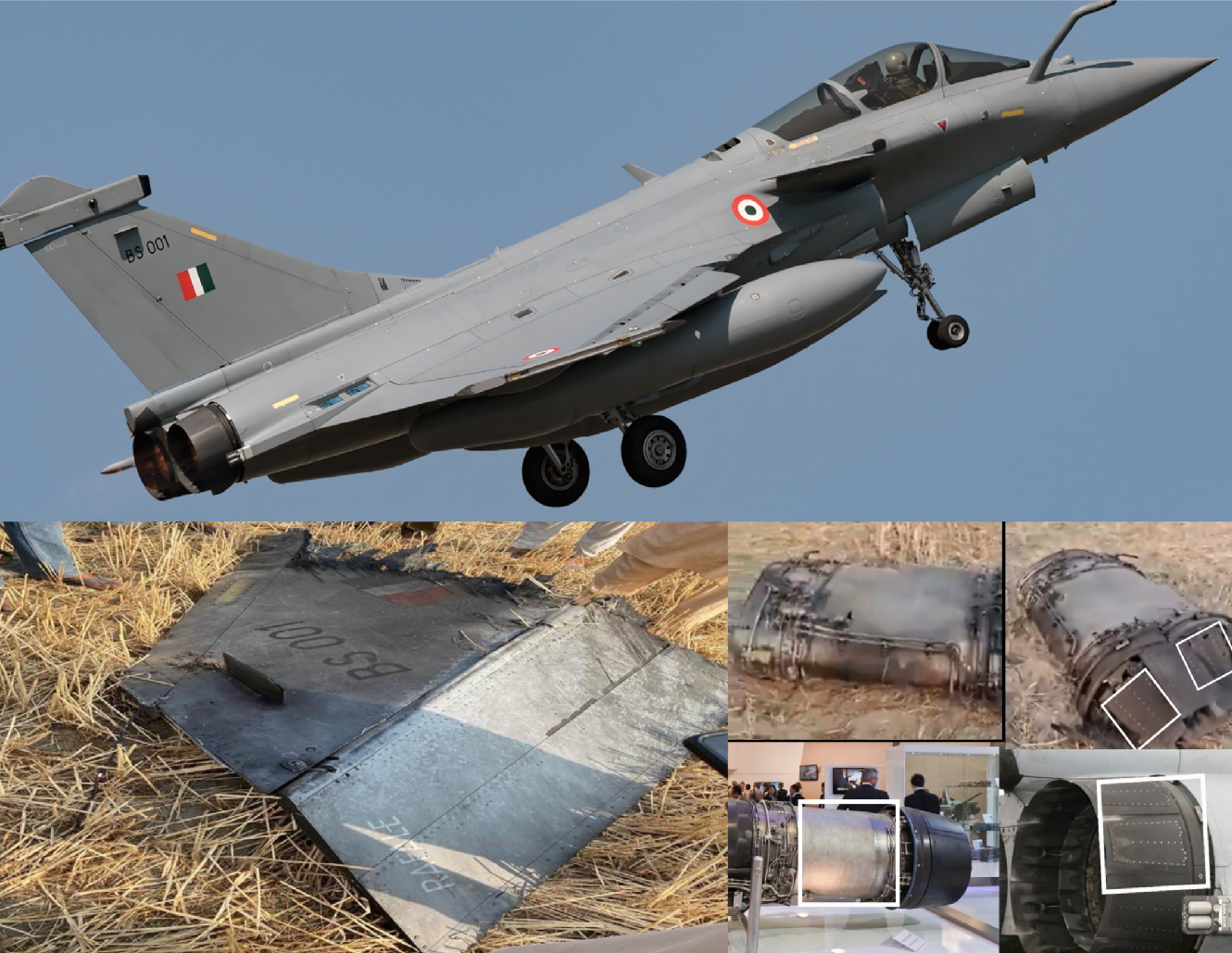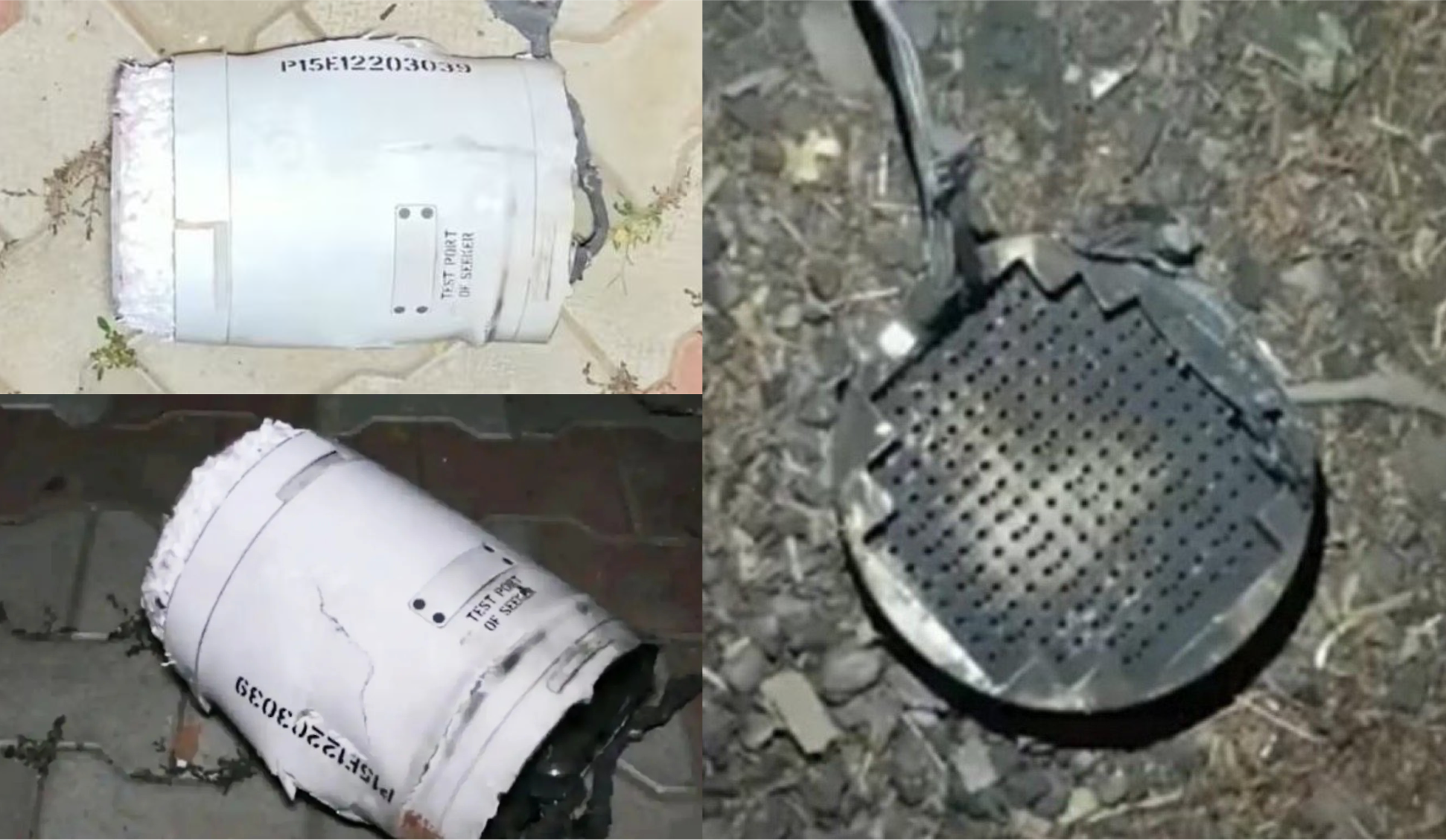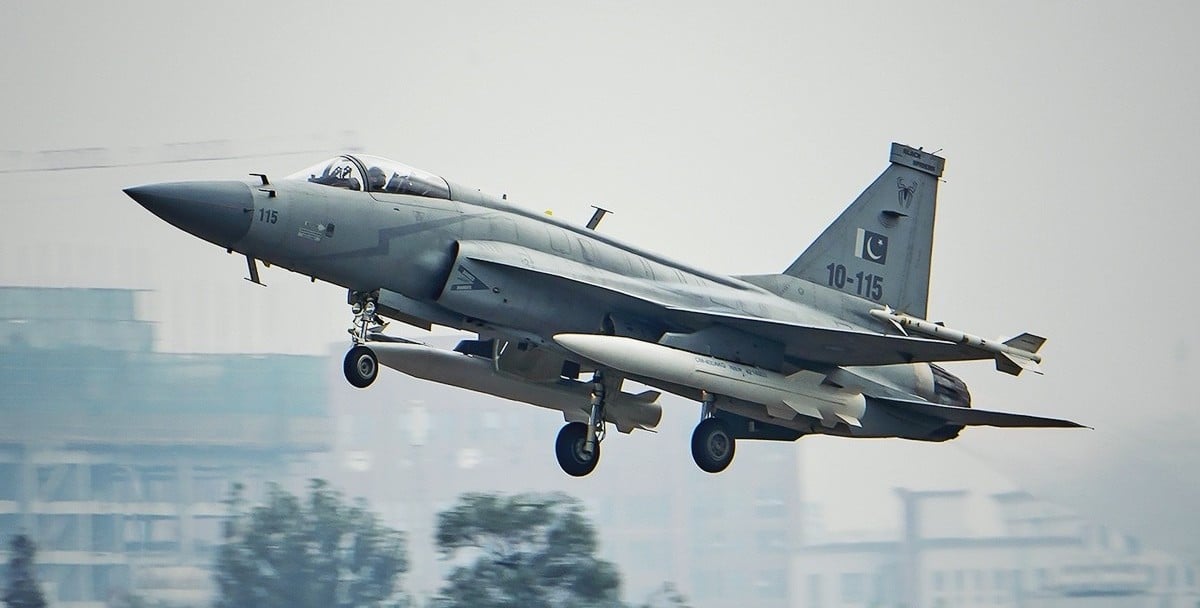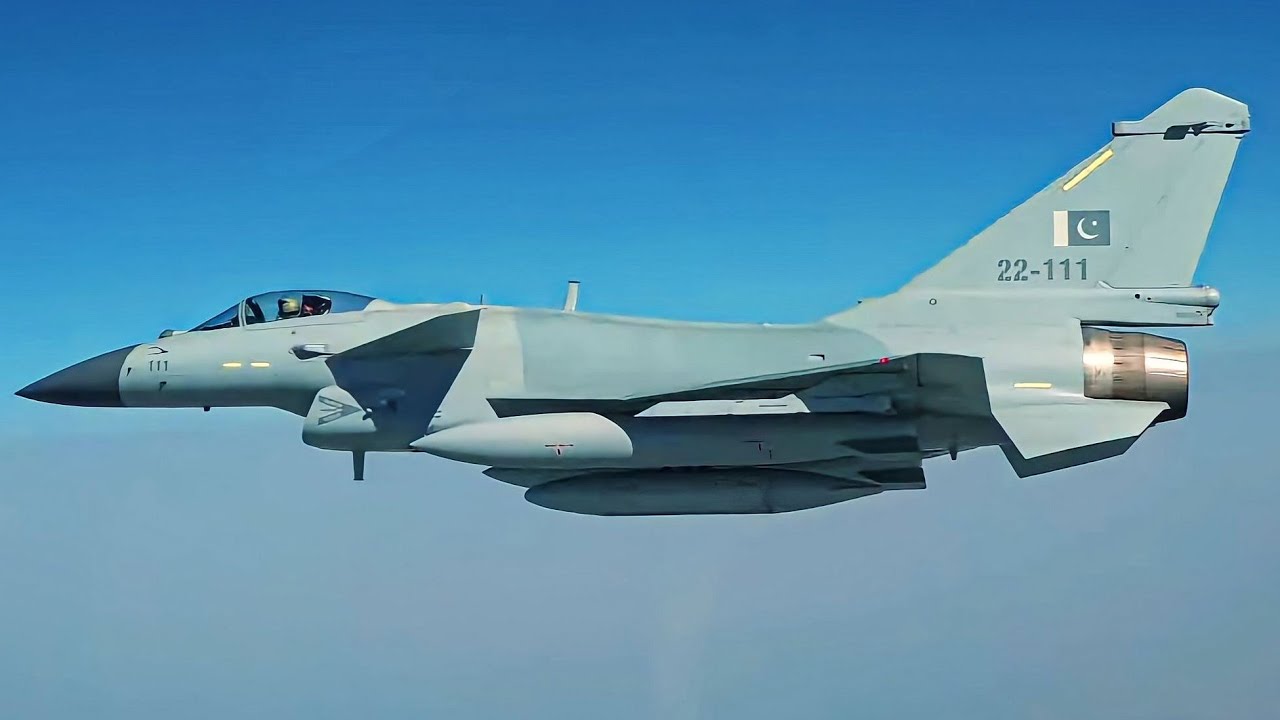The Fiercest Aerial Battle of the 21st Century: Pakistan vs. India
A Night That Changed Modern Air Warfare
Between the night of May 6 and 7, 2025, the skies over South Asia witnessed a historic confrontation as Pakistan and India engaged in what analysts are calling the most intense air battle of the 21st century. With over 125 fighter jets mobilized — heavily favoring India numerically — the confrontation resulted in a stunning claim by Pakistan: five Indian jets were downed, including three Rafales, India’s frontline fighters.
Rafale’s First Combat Loss Shakes Global Defense Circles
This event marked the first confirmed loss of the French-made 4.5-generation Rafale in combat, sending shockwaves through the global defense community. But beyond the kill count, what drew even more attention was the technology Pakistan employed: advanced Chinese-made J-10CE fighter jets, PL-15 air-to-air missiles, AESA radar, and sophisticated electronic warfare systems.

The Rise of Chinese Military Technology on the Global Stage
This battle was not just a regional event—it became a live demonstration of China’s growing aerospace prowess. Defense analysts around the world, from Beijing to Brussels, are now dissecting every detail of the encounter to understand what this means for future state-on-state conflicts.
Douglas Barrie of the International Institute for Strategic Studies (IISS) noted, “Air forces worldwide will be desperate to study the tactics, equipment, and effectiveness displayed here.” Chengdu Aircraft Industrial Group, the J-10′s manufacturer, saw its stock soar 40% in two days following reports of its performance.
READ MORE: The Dangerous Escalation of India-Pakistan Tensions: A Critical Examination
Pakistan’s Tactical Edge: J-10CE and the PL-15 Missile
Pakistan’s Deputy Chief of Air Operations, Aurangzeb Ahmed, confirmed the use of PL-15 missiles in the skirmish. The PL-15, paired with AESA radar, boasts a beyond-visual-range (BVR) capability with a “no-escape zone” — enabling its launch platform to disengage and survive.
Missile analyst Fabian Hoffmann stated that the PL-15’s dual-pulse motor and radar-guided system allow for high-speed, high-precision strikes. “This battle showcased the survivability of the launching aircraft and the lethality of the missile,” he remarked.

A Wake-Up Call for Western Defense Planners
Yun Sun from the Stimson Center called the event a “pleasant surprise” for Beijing, highlighting its real-world marketing potential. “There’s no better advertisement than actual combat,” she told the Financial Times. Analysts believe this could reshape how global buyers evaluate Chinese arms, especially as alternatives to costly Western systems.
Sushant Singh of Yale University emphasized the broader implications: “This isn’t just about South Asia — this will affect how countries prepare for scenarios involving Taiwan or future U.S.-China tensions.”
Chinese Tech vs. Western Might: A New Benchmark?
Western military attachés are reportedly pressing India for combat data to better understand how their systems fared against Chinese tech. If confirmed, this engagement becomes a defining moment — the first time Chinese AESA radar and BVR missiles were used in real combat against a top-tier Western fighter.
Dr. James Patton Rogers from Cornell’s Brooks Tech Policy Institute stressed the need for caution: “One engagement doesn’t tell the full story. But China’s growing electronic warfare capabilities are clearly a concern.”

Pakistan as China’s Tactical Showcase
According to Rick Joe, an expert on China’s military, the performance of J-10CE and PL-15 came as no surprise to those closely tracking Chinese defense developments. With an estimated 81% of Pakistan’s military equipment now Chinese-made, the country has become a real-world testbed for China’s evolving defense exports.
Andrew Small from the German Marshall Fund noted, “Where once China supplied low-end arms, now Pakistan is demonstrating Beijing’s cutting-edge capabilities.”
India’s Modernization Challenges and Supply Bottlenecks
While India remains the world’s largest arms importer, its modernization has been hampered by supplier delays. Despite large purchases from the U.S., France, and Israel, delivery timelines remain a challenge. Meanwhile, China’s rapid supply of modern systems — including tanks, missiles, and jets — gives Pakistan a significant tactical edge.
RUSI’s Walter Ladwig observed: “India’s air force still relies on aging MiGs, while Pakistan gets immediate support from Beijing.”
Global Arms Market Impact: A Turning Point?
Countries like Egypt and Uzbekistan are now closely evaluating the J-10C. With live combat evidence to back its performance, interest in Chinese military exports may spike. Still, analysts like Dr. Rogers caution that procurement decisions are deeply political. “Even if Chinese arms prove superior, decisions are influenced by alliances, tech transfer terms, and trust,” he said.
A New Era in Great Power Competition
This engagement is more than a regional flashpoint. It’s a litmus test for Chinese military innovation and a stark reminder that future conflicts will be shaped by rapidly evolving technologies. For defense watchers, one thing is clear: the era of Chinese arms being second-best is over.




